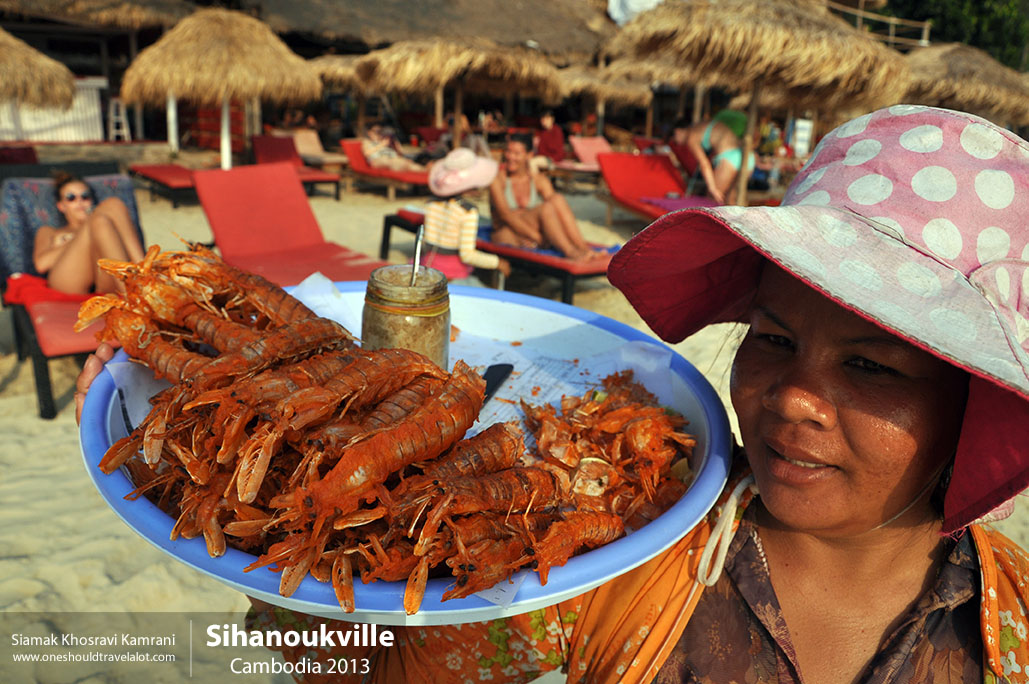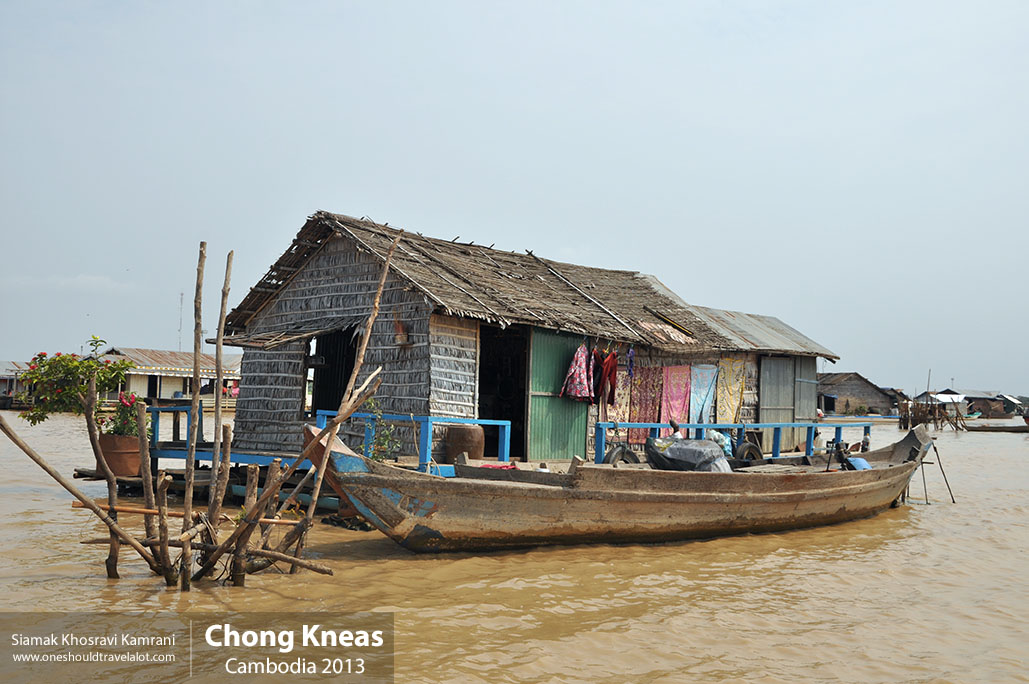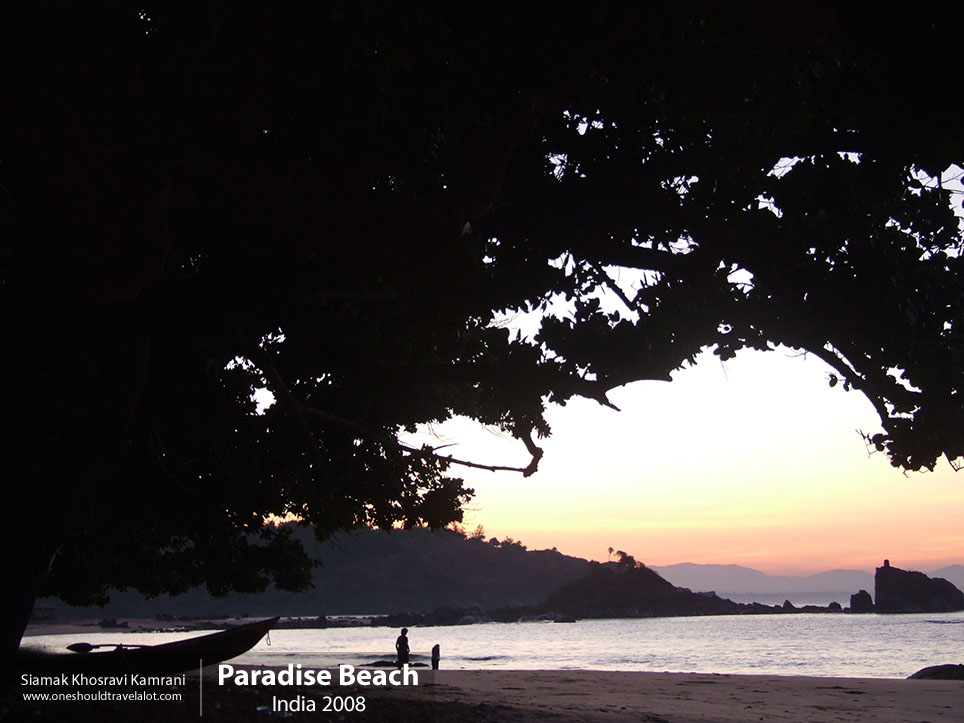Discovering Phnom Penh: A Photographer’s Journey
As the plane descends over Cambodia, the sprawling cityscape of Phnom Penh comes into view, shimmering in the midday sun. This bustling metropolis, the capital of Cambodia, is a blend of rich history, vibrant culture, and resilient spirit. Stepping off the plane, I am immediately enveloped in the warm, humid air, a stark contrast to the cool cabin of the aircraft. My journey as a photographer begins here, in this city of contrasts, where ancient temples stand side by side with modern skyscrapers, and bustling markets compete with serene riverside promenades.
First Impressions
Phnom Penh is a city that awakens the senses. The streets are alive with the hum of motorbikes, the chatter of vendors, and the tantalizing aroma of street food. As I make my way to my hotel, the city’s vibrant energy is palpable. The standard of living varies significantly across different parts of the city, with luxurious hotels and high-end restaurants existing alongside humble street stalls and modest homes. This juxtaposition is a testament to Phnom Penh’s rapid development and its struggles with poverty.
The People and Culture
One of the first things I notice is the warmth and friendliness of the Cambodian people. Everywhere I go, I am greeted with smiles and the traditional Cambodian greeting, the sampeah, where hands are pressed together in a prayer-like gesture. Cambodians are proud of their heritage, and their resilience is evident in their daily lives.
Khmer is the official language, and while English is widely spoken in tourist areas, learning a few basic phrases in Khmer goes a long way in connecting with the locals. The city’s culture is a blend of traditional Khmer customs and influences from its colonial past, particularly the French. This fusion is evident in the architecture, cuisine, and even the daily rituals of the people.
Exploring the City
The Royal Palace and Silver Pagoda
My first stop is the Royal Palace, an architectural masterpiece that stands as a symbol of the country’s enduring monarchy. The palace grounds are immaculate, with manicured gardens and gleaming golden spires. Inside, the Silver Pagoda houses a magnificent collection of Buddha statues, including the Emerald Buddha and a life-sized gold Maitreya Buddha encrusted with diamonds. As I capture these stunning structures through my lens, I am struck by the serenity and reverence that permeate the palace grounds.
The National Museum of Cambodia
Next, I visit the National Museum of Cambodia, home to the world’s finest collection of Khmer art. The museum’s red sandstone building, with its traditional Khmer roof, is a work of art in itself. Inside, I am transported back in time as I wander through galleries filled with ancient sculptures, ceramics, and ethnographic artifacts. The museum offers a profound insight into Cambodia’s rich cultural heritage, and I spend hours photographing the intricate details of the exhibits.
Tuol Sleng Genocide Museum
A visit to Phnom Penh would be incomplete without acknowledging its tragic past. The Tuol Sleng Genocide Museum, housed in a former high school, serves as a stark reminder of the atrocities committed during the Khmer Rouge regime. The museum’s haunting exhibits tell the stories of the thousands who suffered here, and as I walk through the somber halls, I am moved by the resilience of the Cambodian people. This experience, though heart-wrenching, is essential to understanding the depth of the country’s history.
The Russian Market
To lighten the mood, I head to the Russian Market, or Psar Toul Tom Poung, a bustling bazaar where one can find everything from souvenirs and antiques to fresh produce and clothing. The market is a photographer’s dream, with its vibrant colors, eclectic mix of goods, and lively atmosphere. I capture candid shots of vendors selling handmade crafts, tourists haggling for bargains, and locals going about their daily shopping. The market is a microcosm of Phnom Penh’s dynamic spirit, and I find myself lost in its labyrinthine aisles for hours.
Experiencing Local Cuisine
No visit to Phnom Penh is complete without indulging in the local cuisine. Cambodian food is a delightful blend of flavors, influenced by its neighbors Thailand and Vietnam, as well as its colonial past. Street food is ubiquitous, and I start my culinary adventure with a bowl of kuy teav, a fragrant noodle soup served with fresh herbs and lime.
For a more refined dining experience, I visit Romdeng, a restaurant that serves traditional Khmer dishes with a modern twist. The fish amok, a steamed fish curry served in a banana leaf, is a revelation, and the lok lak, stir-fried beef with a tangy dipping sauce, is equally delightful. Romdeng is also a social enterprise, training former street children in hospitality, adding a heartwarming aspect to the meal.
The Riverside Promenade
As the sun sets, I head to the riverside promenade along the Tonle Sap River. This area comes alive in the evening, with families, couples, and tourists enjoying the cool breeze and stunning views. Street performers entertain passersby, and food stalls offer an array of snacks. I capture the vibrant street life, the glowing lights reflecting off the river, and the majestic silhouette of the Royal Palace against the twilight sky.
The Spiritual Side of Phnom Penh
Wat Phnom
Perched on a hilltop, Wat Phnom is a serene temple that offers a respite from the city’s hustle and bustle. Legend has it that the temple was built in 1373 to house sacred relics discovered by Lady Penh, the city’s namesake. The climb up the hill is rewarded with panoramic views of Phnom Penh, and the tranquil atmosphere of the temple grounds is perfect for reflection and photography. Monks in saffron robes go about their rituals, and the scent of incense fills the air, adding to the spiritual ambiance.
Choeung Ek Memorial
A short drive from the city center, the Choeung Ek Memorial, also known as the Killing Fields, is another poignant reminder of Cambodia’s past. The memorial stupa, filled with the skulls of victims, stands as a testament to the lives lost during the Khmer Rouge regime. Walking through the peaceful yet somber grounds, I capture images that convey the site’s haunting beauty and the importance of remembrance and healing.
Modern Phnom Penh
Despite its historical weight, Phnom Penh is very much a city of the present and future. The skyline is dotted with new high-rises, luxury apartments, and modern shopping malls. Aeon Mall, a sprawling shopping complex, offers a stark contrast to the traditional markets. Here, I photograph the blend of old and new, capturing scenes of locals and expats enjoying the amenities of modern city life.
A City of Resilience and Hope
As my journey in Phnom Penh comes to an end, I reflect on the city’s unique charm. Phnom Penh is a city that has seen immense hardship, yet it stands resilient, with an indomitable spirit and a hopeful gaze towards the future. Through my camera, I have tried to capture the essence of this remarkable city – its vibrant culture, its poignant history, and its dynamic present.
Phnom Penh is more than just a destination; it is an experience that leaves a lasting impression. The photographs I take are not just images; they are stories of a city and its people, stories of resilience, hope, and the enduring beauty of the human spirit.



